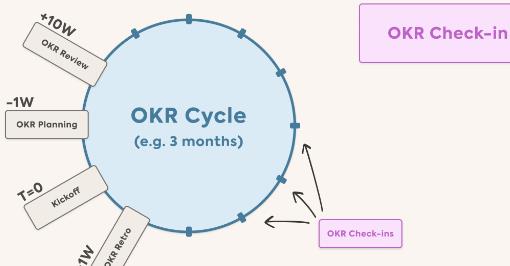What Is a Short Term and Long Term Goal?
Understanding the distinction between short term and long term goals is crucial for successful planning and achievement in various aspects of life. These types of goals serve different purposes and are instrumental in guiding individuals and organizations toward their desired outcomes. This article explores what constitutes both short term and long term goals, providing examples and discussing their specific roles in achieving success.

Short Term Goals: Immediate Objectives for Quick Success
Short term goals are defined as objectives that you expect to achieve within a short period, typically ranging from a few days to up to one year. These goals are actionable and direct, designed to make immediate impacts and to serve as stepping stones towards longer-term aspirations.
Characteristics of Short Term Goals:
- Immediate Timeframe: Generally completed within a year or less.
- Specific and Measurable: Clearly defined with quantifiable targets.
- Achievable: Realistic and attainable within the short duration.
Benefits of Short Term Goals:
- Motivation: Achieving short term goals provides quick wins, boosting morale and motivation.
- Momentum: Regular achievement of short term goals helps maintain momentum in pursuit of bigger objectives.
- Focus: Helps individuals and teams focus on immediate tasks, improving efficiency and productivity.
Examples of Short Term Goals:
- Increase monthly sales by 10% within the next three months.
- Complete a professional certification course by the end of the quarter.
- Reduce personal credit card debt by $1,000 in six months.
Long Term Goals: Visionary Aims for Sustained Success
Long term goals are set with a broader scope and an extended timeline, typically spanning several years to a decade or even longer. They are strategic, encompassing major aspirations that require persistent efforts and long-term planning.
Characteristics of Long Term Goals:
- Extended Timeline: Spanning several years or decades.
- Complex and Broad: Often include several interconnected objectives.
- Visionary and Transformative: Aim to achieve significant changes or accomplishments.
Benefits of Long Term Goals:
- Direction: Provide a clear long-term focus and direction.
- Sustainability: Encourage planning and sustainability in personal and professional development.
- Legacy: Contribute to building a lasting impact or legacy.
Examples of Long Term Goals:
- Achieve financial independence by age 50.
- Grow a small business into a national brand over the next 15 years.
- Complete a marathon on every continent by 2030.
Integrating Short Term and Long Term Goals
For effective goal management, it's essential to integrate short term and long term goals. Short term goals act as immediate tasks that gradually build up to fulfill the broader, long term goals. This synergy ensures consistent progress towards achieving significant life or organizational milestones.
Why Short Term and Long Term Goal Planning Is Essential
In conclusion, both short term and long term goals are fundamental to strategic planning. They play distinct yet complementary roles in personal growth and organizational success. While short term goals provide quick feedback loops and a sense of immediate accomplishment, long term goals offer a visionary outlook and a framework for achieving substantial achievements. Together, they create a robust strategy for enduring success, ensuring that both immediate and future aspirations are within reach.